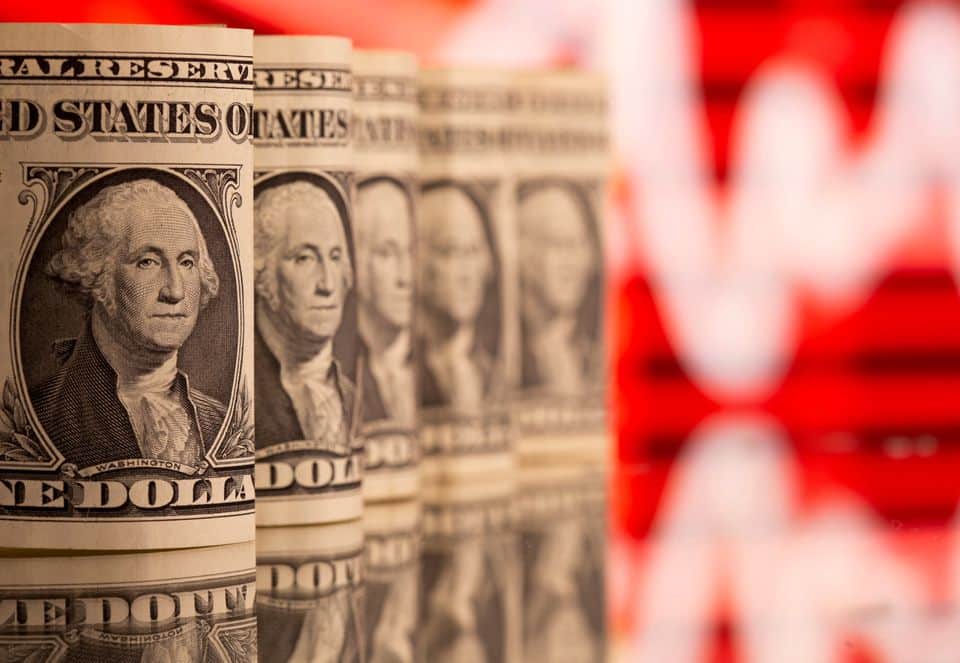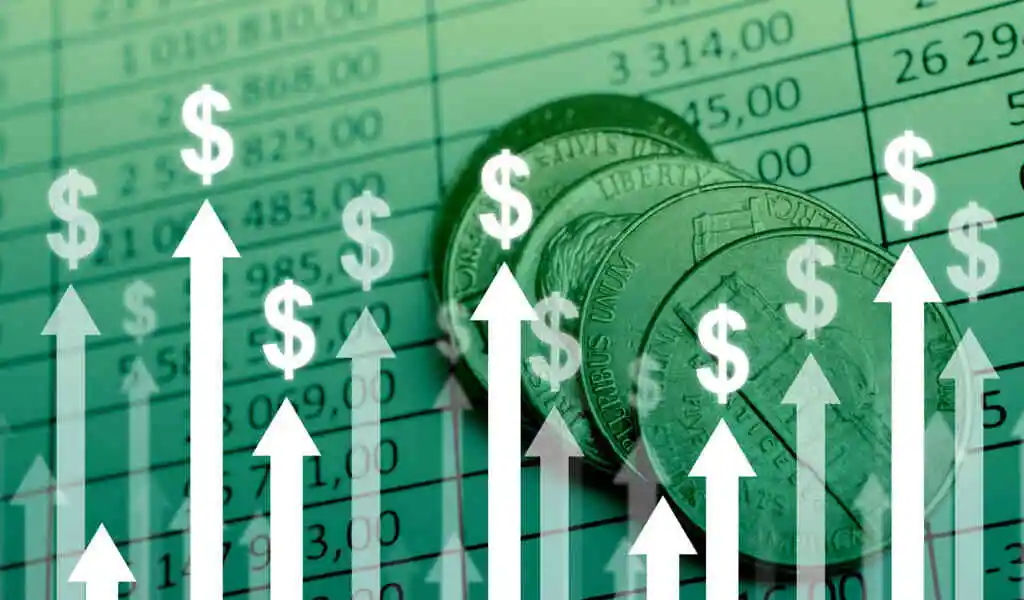According to government data released on Thursday, US inflation rose more than predicted in September, indicating that despite vigorous central bank intervention, pricing pressures have gotten more intractable.
According to the Bureau of Labor Statistics Statistics, US prices rose 0.4% in September compared to August, more than double the 0.2% predicted by economists, with price increases for food, lodging, and medical care weighing on consumers.
According to the data, the yearly inflation rate has dropped marginally to 8.2% from 8.3%.
The figures are part of the final consumer inflation report issued before the US midterm elections, in which Republicans have pushed to blame President Joe Biden’s Democratic Party for the price rises that have afflicted consumers and companies.
The data enhances the likelihood that the Federal Reserve will continue its program of large interest rate hikes to combat inflation when it meets in early November, raising the cost of mortgages and vehicle loans.
In September, the Fed raised interest rates for the third time in a row by 75 basis points, acknowledging that there is no “painless” method to reduce inflation.
However, data released on Thursday showed that the Fed’s measures thus far have fallen far short of the long-run aim of 2% inflation. The central bank’s goal has been to halt inflation before it becomes entrenched in the economy.
Core inflation, which excludes volatile energy and food costs, climbed 0.6% in September, exceeding the 0.4% predicted by economists.
Motor vehicle insurance, household furniture, and education were among the other categories that suffered price hikes in September. Used vehicles and clothing were among the items that saw price cuts.
Stock markets plummeted further early Thursday, with S&P 500 futures plunging deep into the red shortly after the report was announced.
Stocks had dropped substantially following last Friday’s US jobs report, which showed only a minor deceleration in the country’s robust labour market.
B Riley Wealth Management analyst Art Hogan described the inflation figure as “much hotter than projected,” adding that “it’s not a healthy result for equities markets.”
The statistic has political ramifications four weeks before the United States midterm legislative elections.
Republican candidates have blamed Biden for broad-based price hikes in their efforts to retake Congress from Biden’s Democratic party, attributing high gasoline prices to Democratic opposition to new oil and gas production and Biden’s efforts to address climate change.
Treasury Secretary Janet Yellen and other Biden administration officials have defended their policies, blaming price rises on supply chain issues and other unforeseeable events, like Russia’s invasion of Ukraine, which has pushed up energy, wheat, and other commodity costs.
In late September, Fed Chairman Jerome Powell stated that the central bank would continue to raise interest rates and keep them high until it was convinced that inflation had been contained. According to September predictions, nearly all Fed members plan to raise their benchmark interest rate to between 4% and 4.5% by the end of the year.
“You don’t get inflation like this without a lot of things going wrong,” said Michael Gapen, Bank of America’s head of U.S. economics. “Perhaps the bumper sticker could read: It’s not just up to the Fed to bring inflation down.” We anticipate assistance from other sources, such as global commodity markets and a reduction in the relative shock to core goods prices.”
Mr. Gapen believes that slowing price increases for automobiles, furniture, and other commodities are critical to putting the economy on a downward path. There are signs that the pressures caused by supply-chain disruptions may be easing, which may be aided by a shift in consumer spending from products to services.
Core consumer goods prices also remained steady from August to September, partly due to a decline in used-car prices.
Food prices have risen further. In September, grocery costs rose 13% yearly, boosted partly by a 30.5% increase in egg prices and a 24.2% increase in flour and mixes prices.
Kristin Curreri of Arlington, Massachusetts, said strong inflation has made it difficult to manage her finances since she married in May 2021. She and her husband upped their wedding guest list and budget after Covid-related restrictions were lifted, resulting in a credit card balance.
“At the time, people weren’t paying attention to inflation,” she explained. “Because this was the first gathering people had in a year, I said, ‘Well, let’s spend a little extra and carry a little debt that I’ll subsequently pay off.'”
Then prices began to rise, with increasing food expenditures being particularly painful. Ms. Curreri claims she has cut back on more expensive goods such as organic chicken, but she reckons her shopping bill has increased by roughly 30% since 2021.
“With the cost of living having climbed so much, I’ve been carrying a rolling four grand that I just can’t get rid of,” she remarked, referring to her credit-card load.








